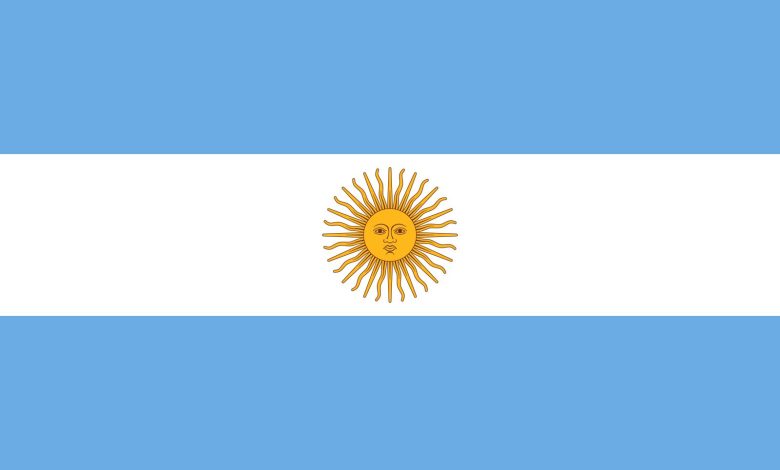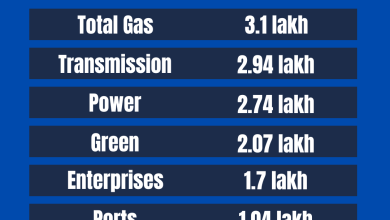Introduction And History of Argentina: A Fascinating Journey

Welcome to the fascinating journey through Argentina’s history. This beautiful country in South America has a rich past. Let’s explore Argentina from its early days to today.
Geographical Overview
Argentina is the second largest country in South America. It stretches from the tropics to the Antarctic. The capital city is Buenos Aires.
Early Inhabitants
Long before Europeans arrived, native tribes lived here. The Diaguita, Guarani, and Mapuche were some of them. They had their own cultures and languages.
Important Native Tribes
| Tribe | Region |
|---|---|
| Diaguita | Northwest Argentina |
| Guarani | Northeastern Argentina |
| Mapuche | South-Central Argentina |
European Exploration and Colonization
In 1516, Juan Díaz de Solís was the first European to arrive. He was a Spanish explorer. More Spanish explorers followed him.
Founding Of Buenos Aires
In 1536, Pedro de Mendoza founded Buenos Aires. The city struggled initially. It was refounded in 1580 by Juan de Garay.
The Colonial Period
Argentina was part of the Spanish Empire. The Viceroyalty of the Río de la Plata governed it. This included modern-day Argentina, Uruguay, and Paraguay.
Economy In The Colonial Period
During this time, the economy was based on cattle farming. Buenos Aires became a key port city. Trade flourished here.
Independence and Early Nationhood
In 1810, the May Revolution began. It marked the start of the independence movement. Argentina declared independence on July 9, 1816.
Key Figures In Independence
- Manuel Belgrano
- José de San Martín
- Mariano Moreno
19th Century Conflicts
The 19th century was turbulent for Argentina. Civil wars and conflicts marked this period. Leaders like Juan Manuel de Rosas emerged.
Caudillos And Internal Strife
Caudillos were regional strongmen. They held significant power. Their rivalries often led to conflicts.
Modernization and Immigration
By the late 19th century, Argentina began to modernize. European immigrants flocked to the country. They came mainly from Italy and Spain.
Economic Growth
The economy grew rapidly. Agriculture and livestock exports fueled this growth. Buenos Aires became a bustling metropolis.

Credit: www.amazon.com
20th Century and Political Turmoil
The 20th century brought political changes. Argentina experienced coups and dictatorships. Peronism emerged as a significant political movement.
Key Events In The 20th Century
- Rise of Juan Perón
- Military Dictatorships
- Return to Democracy in 1983

Credit: www.researchgate.net
Contemporary Argentina
Today, Argentina is a vibrant democracy. It has a diverse culture and economy. The country faces challenges but remains resilient.
Cultural Highlights
- Tango Music and Dance
- Delicious Cuisine like Asado and Empanadas
- Passionate Football Culture
Frequently Asked Questions
What Is The Capital Of Argentina?
Buenos Aires is the capital of Argentina.
When Was Argentina Founded?
Argentina was founded on July 9, 1816.
Who Discovered Argentina?
Spanish explorer Juan Díaz de Solís discovered Argentina in 1516.
What Language Is Spoken In Argentina?
Spanish is the official language of Argentina.
Conclusion
Argentina’s history is rich and varied. From early tribes to modern times, it has a vibrant story. This beautiful country continues to captivate the world.
Thank you for joining us on this journey through Argentina’s history. We hope you enjoyed learning about this fascinating country.




